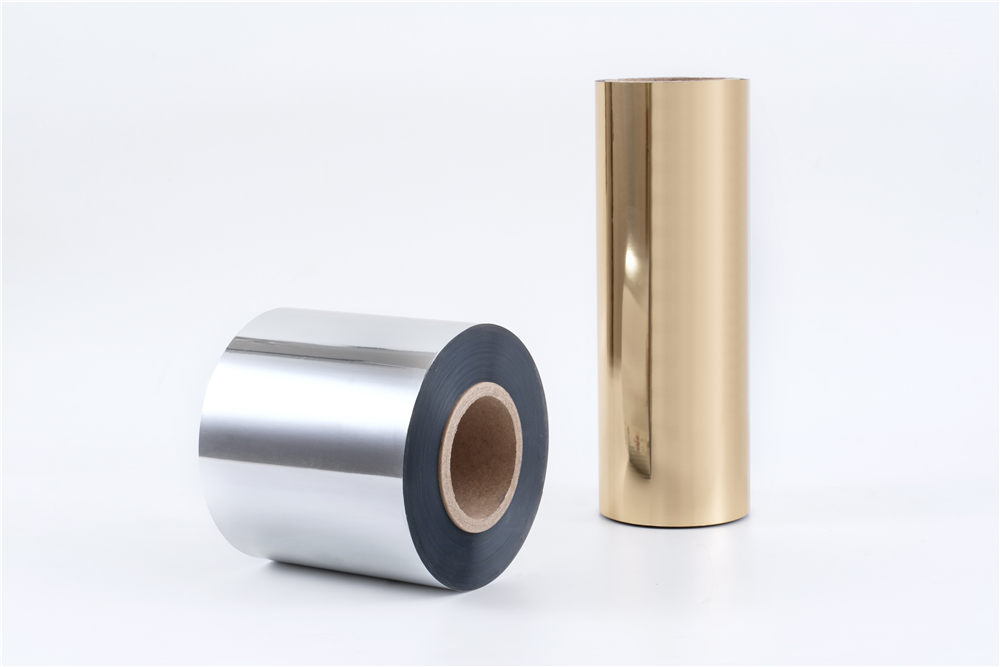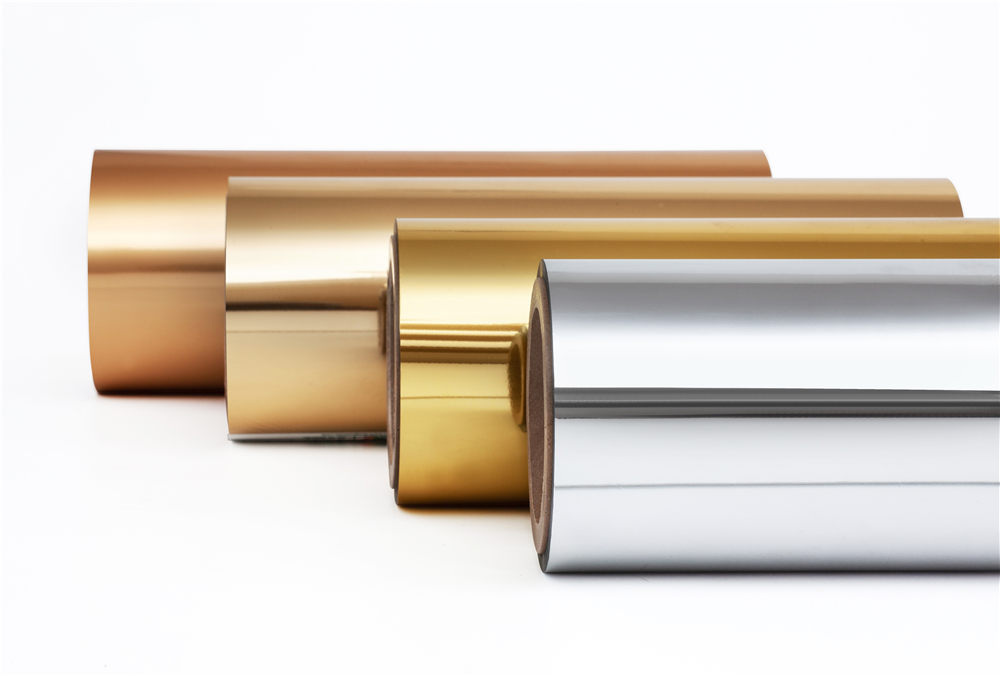How Cold Foil Enhances Flexographic Printing Projects?
When it comes to packaging and label design, the competition is fierce. Every brand wants to stand out on the shelf, grab attention, and create that instant “wow” factor. While flexographic printing has long been a reliable and cost-effective method for producing labels, cartons, and flexible packaging, cold foil is one of the most exciting techniques that can take these projects to the next level.
If you've ever picked up a wine label with a metallic shimmer or admired the reflective highlights on a premium cosmetic box, chances are you've seen cold foil in action. But what makes cold foil so effective in flexographic printing projects? Let's dive deep into how it works, its benefits, applications, and why printers and brands alike are turning to this process.
What Is Cold Foil in Flexographic Printing?
Cold foil is a decorative process that applies a thin metallic layer onto the substrate during printing. Unlike hot stamping, which requires heat and a separate die, cold foil uses adhesive applied via a flexographic printing plate. Once the adhesive is laid down in the desired pattern, a roll of foil is pressed against it, and the foil sticks only where the adhesive is applied. The unused foil is then removed, leaving behind shiny metallic details that align perfectly with the printed design.
Because it integrates seamlessly with flexographic printing presses, cold foil is efficient and flexible. There's no need for separate post-press operations, and it works well with a wide range of substrates, including paper, film, and board.
OSC Series Offset Sheet-fed Cold Foil
How Cold Foil Works on a Flexographic Press?
To understand the process better, let's break it down step by step:
Adhesive Application: A flexographic plate applies a UV-curable adhesive to the substrate in the exact areas where metallic effects are desired.
Foil Transfer: The cold foil is unwound and pressed against the adhesive under pressure from a nip roller.
Foil Release: The foil bonds only to the adhesive areas, and the unused foil is stripped away.
Curing: UV light cures the adhesive, locking the foil into place.
Overprinting: Additional flexo stations can print CMYK colors on top of the foil for unique metallic effects.
Why Cold Foil Matters for Flexographic Printing Projects?
1. Creates Premium Visual Impact: Metallic accents instantly elevate the look of packaging. With cold foil, you can achieve reflective highlights, gradients, and multi-color overprints that give depth and luxury to a design. For example, think of beverage labels that need to stand out in a crowded fridge—those shiny accents immediately draw the eye.
2. Supports Short Runs and Fast Turnarounds: Since cold foil doesn't require engraved dies or heating systems, setup is quicker and less expensive compared to hot stamping. Flexographic printers can switch designs more easily, which is perfect for short runs, seasonal promotions, or limited-edition packaging.
3. Versatile Applications Across Industries: From health and beauty packaging to food and beverage labels, cold foil adapts to different industries. It's commonly used on folding cartons, flexible packaging, shrink sleeves, and high-end product labels. Flexo printing with cold foil gives manufacturers the flexibility to address both functional and aesthetic demands.
4. Overprinting Options: One of the biggest advantages of cold foil is the ability to overprint with CMYK inks. This means you're not limited to silver or gold foil; you can create a rainbow of metallic colors, gradients, and textures that align perfectly with brand identity.
5. Sustainability Advantages: Unlike laminates or metallic papers that apply foil to the entire surface, cold foil only transfers material where adhesive is applied. This reduces waste and can be a more eco-friendly solution, aligning with the growing trend of sustainable packaging.
Key Benefits for Brands and Printers
1. Enhancing Shelf Presence: Retail competition is all about visual appeal. Metallic finishes created with cold foil help brands gain an edge by communicating premium quality. Think of wine, craft beer, cosmetics, and luxury chocolate packaging—all of these rely heavily on high-end finishes.
2. Cost-Effective Premium Look: While hot stamping has been the traditional method for metallic decoration, cold foil is faster and more economical. Printers don't need to invest in separate stamping dies, making it easier to achieve luxury effects without huge budgets.
3. Faster Production Speeds: Cold foil is applied in-line with flexo printing, which reduces bottlenecks in production, allowing printers to meet tight deadlines while still delivering a high-quality product.
4. Compatibility with Various Substrates: Cold foil can be used on coated and uncoated papers, BOPP films, PET, and even some eco-friendly materials. The flexibility opens up opportunities for brands across different sectors.
Applications of Cold Foil in Flexographic Printing
1. Labels: Cold foil is widely used in labels for beverages, personal care, and household products. Shiny foil accents can highlight logos, product names, or background patterns.
2. Folding Cartons: Luxury packaging, such as perfume boxes or specialty foods, benefits greatly from metallic finishes. Cold foil helps convey a high-value perception without slowing down the printing line.
3. Shrink Sleeves: The ability to create metallic effects that contour around oddly shaped bottles or containers makes cold foil a game-changer for shrink sleeves.
4. Flexible Packaging: Snack foods, pet foods, and health supplements often use flexible packaging with cold foil to catch shoppers' attention.
FXC Series Narrow-web Flexo Cold Foil
Cold Foil vs. Hot Foil Stamping
It's worth comparing the two methods to see why cold foil has become so popular:
Hot Stamping: Requires heat, pressure, and metal dies. Best for very opaque metallic coverage, but slower and less flexible.
Cold Foil: No dies, no heat, faster setup, allows for overprinting, and is more cost-effective for shorter runs.
For high-volume packaging with fast turnaround needs, cold foil integrated with flexographic printing offers unmatched advantages.
Choosing the Right Cold Foil and Adhesive
Not all foils are the same. Printers should work with trusted cold foil manufacturers and suppliers who can provide consistent quality. Adhesive choice is also crucial since it affects foil transfer, durability, and compatibility with different substrates. Testing before full production helps ensure that the foil performs well on the intended material.
Conclusion
Cold foil has transformed how brands approach flexographic printing projects. It combines speed, flexibility, and eye-catching appeal, making it one of the most valuable tools in modern packaging and label design. Whether you're a printer looking to expand your service offerings or a brand manager seeking to elevate your product presentation, cold foil provides a reliable, cost-effective, and visually striking solution.
Looking for cold foil rolls? Dragon Foils is your ideal choice. Silver/gold, matte silver/gold, and other colors are available.


